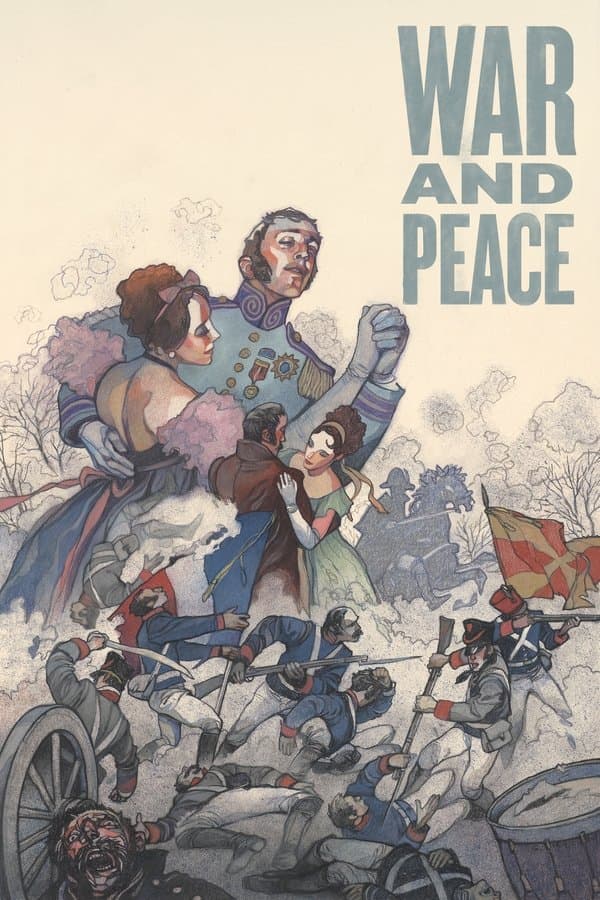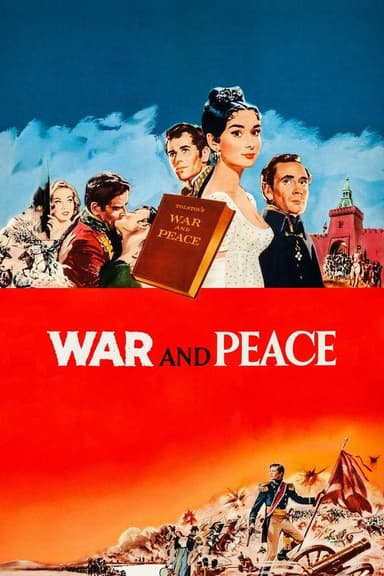
War and Peace
1965 • Drama, History, Romance, War
A seven-hour epic adaptation of the novel by Leo Tolstoy. The love story of young Countess Natasha Rostova and Count Pierre Bezukhov is interwoven with the Great Patriotic War of 1812 against Napoleon's invading army.
Runtime: 7h 2m
Why you should read the novel
Read War and Peace by Leo Tolstoy to experience the full epic as the author intended. The novel offers the complete story, unabridged character development, and rich historical context that no screen version can match. If you want the definitive War and Peace experience, read the book instead of watching the movie.
On the page, you gain unparalleled access to Pierre, Natasha, and Andrei's inner lives: their doubts, hopes, and transformations. Tolstoy's reflections on love, fate, free will, and history add depth that elevates the narrative beyond plot. When you read the novel, you discover themes and nuances the film can only hint at.
Choose your preferred English translation and start reading today in print, ebook, or audiobook. Whether for a book club or personal enrichment, the novel rewards every invested hour. For classic Russian literature at its richest, War and Peace is the best way to understand this timeless story.
Adaptation differences
The most important differences between the War and Peace movie and the book come from scope and structure. Even at epic length, the 1965 Soviet adaptation compresses timelines, merges scenes, and trims secondary storylines. The novel includes two epilogues and a vast social canvas that the film streamlines to maintain cinematic momentum.
Tolstoy's philosophical chapters, extended essays on history, leadership, and free will, shape the book's meaning. The movie necessarily replaces these with visual storytelling and brief narration, emphasizing emotion, action, and spectacle. As a result, the film's pace feels swifter, while the book invites prolonged reflection and debate.
Characterization also diverges between the film adaptation and Tolstoy's novel. Inner monologues, spiritual crises, and moral reckonings—Pierre's Masonic period and captivity, Natasha's recovery after scandal, Nikolai's debts and duty, Princess Marya's faith—are often shortened or reframed on screen. The book gives these arcs fuller causes and consequences.
Tone and emphasis differ as well. The film foregrounds monumental battles, national endurance, and visual grandeur, while the book balances war with intimate domestic life and a critique of historical great men. Readers will find more ambivalence, everyday detail, and after-the-war resolution in the novel than the movie can provide.
War and Peace inspired from
War and Peace
by Leo Tolstoy












